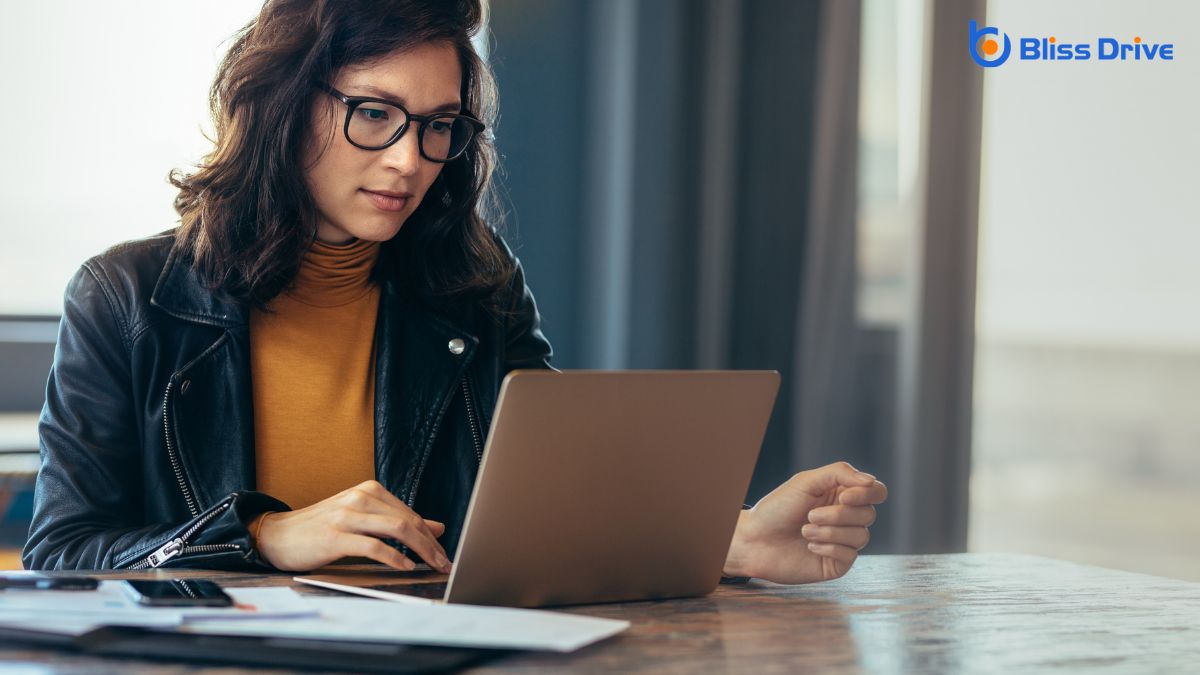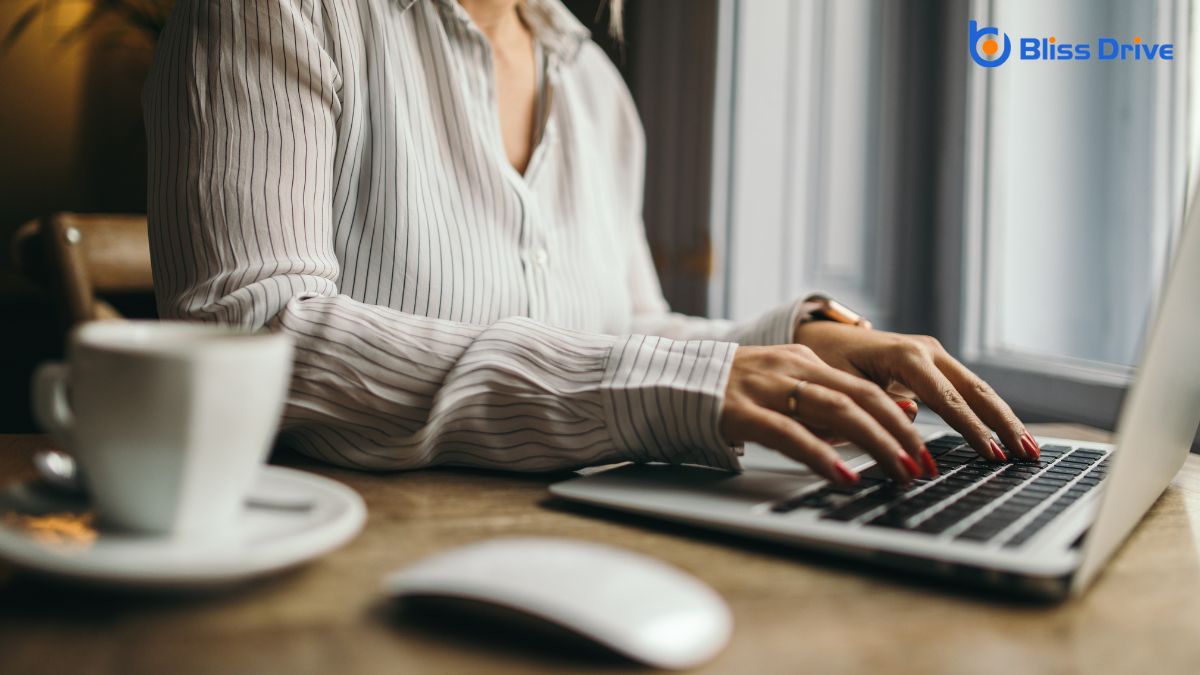Digital Marketing Services
Learn More About Us

You're about to discover how effective internal linkingLinks that connect different pages on the same website. can transform your website's content discoverability. By strategically connecting related pages, you create a user-friendly experience that encourages exploration and engagementThe interactions that users have with a brand’s content on social media.. This not only pleases your visitors but also helps search engines grasp your content organization, boosting your SEO. Curious about how to optimize your internal linking strategy for maximum impact? There's plenty more to unpack that'll enhance your site's performance.

When you plunge into the world of internal linking, you quickly realize it's more than just connecting pages on your site.
It's a strategic tool that enhances your website's usability and helps search engines understand your content's hierarchy. By guiding visitors to related information, internal links increase the time users spend on your site, reducing bounce rates.
They also distribute page authority across your domain, boosting the visibility of less prominent pages.
You'll find that effective internal linking improves your site's SEO, as search engines use these links to crawl and index more efficiently.
As a result, you're not only enhancing user experience but also strengthening your site's overall performance.
Embrace this strategy to guarantee each page contributes to your site's success.
To create a logical site structure, start by envisioning your website as a well-organized library where every piece of content has its rightful place.
Think about how a visitor would navigate through your site to find the information they need. Group related content together, guaranteeing main topics leadA potential customer referred by an affiliate who has shown interest in the product or service but h... to subtopics logically, just like sections and shelves in a library. This makes it easier for users and search engines to understand your site's hierarchy.
Leverage categories and tags to further organize your content. Don't overcomplicate it; simplicity is key.
Confirm every page is reachable within a few clicks, reducing user frustration and enhancing discoverability.
One essential step in optimizing your website's internal linking is identifying key pages that deserve more visibility. Start by evaluating your site's analyticsThe systematic computational analysis of data or statistics to gain insights and support decision-ma... to find pages with high engagement, conversions, or valuable content that needs a boost. These pages are your assets, holding pthe otential to drive traffic and enhance user experience.
Consider your business goals. Are there products or services you want to highlight? Make sure these pages are easily accessible. Look for content that answers common user questions, as these can serve as valuable resources.
Additionally, identify pages that mightn't be performing well but have significant information or strategic value. By strategically linking to these pages, you can improve their visibility and help users discover the content they need.
When you're using anchor text, make sure it's optimized by keeping it relevant and descriptive.
It's important to place these links contextually within your content so they flow naturally for the reader.
This approach not only improves user experience but also boosts your site's SEO performance.
Mastering the art of optimizing anchor text can greatly enhance your website's SEO performance. Start by using clear, descriptive anchor text that accurately reflects the linked content. This helps search engines and users understand the relevance of the link.
Avoid generic terms like "click here" or "read more," as they don't provide context. Instead, use specific keywordsWords or phrases that users type into search engines to find information. related to the content you're linking to. Vary your anchor text to avoid appearing spammy and to cover different keyword variations.
Consistency is key, but don't over-optimize by using the exact same phrases repeatedly. Make sure your anchor text flows naturally within the content, ensuring a seamless user experience.
With these tips, you'll effectively optimize your anchor text for better discoverability.
While optimizing anchor text is essential, the real power lies in contextual link placement. When you embed links naturally within relevant content, you guide readers seamlessly through your site. It's not just about placing links anywhere; it's about adding them where they make the most sense.
For instance, if you're discussing a specific topic, link to detailed articles or related posts. This approach enhances user experience and boosts SEO.
Consider your reader's journey. Ask yourself: Does this link add value and provide further insight? If it does, you're on the right track.
Avoid overloading your pages with links. Instead, focus on quality over quantity. Effective contextual linking not only supports discoverability but also strengthens your site's authority and trustworthiness.
Finding the right balance between link quantity and quality is essential for effective internal linking strategies. You don't want to overwhelm users with too many links, making your content look cluttered, nor do you want to miss opportunities to guide readers to valuable pages.
Focus on quality by guaranteeing your links are relevant and provide value, leading users to related content that enhances their understanding. On the other hand, consider quantity by strategically placing enough links to cover different aspects of your topic without overdoing it.
Prioritize user experience by maintaining a natural flow in your content. Place links where they make sense contextually, and avoid forcing them into every paragraph.
This way, you guarantee your internal linking strategy supports both navigation and engagement.
To effectively balance link quantity and quality, it helps to harness specialized tools for internal link analysis. These tools provide insights into your website's link structure, making it easier to identify gaps or opportunities for improvement.
By using them, you can track which pages are linked most frequently and which might need more attention. You'll quickly spot broken links or outdated connections that need fixing.
Consider tools like Google Search ConsoleA tool by Google that helps monitor and maintain your site's presence in search results., Screaming Frog, or Ahrefs. They offerThe specific product or service being promoted by affiliates. detailed analytics on your internal linking strategy.
You can visualize your site's link architecture, ensuring every page gets proper visibility. These tools help you make informed decisions, boosting your site's search engine optimization and user experience.
Keeping your website's internal links up-to-date is essential for maintaining a healthy site structure. You should regularly audit and update your links to guarantee content discoverability.
Broken or outdated links can frustrate users and hinder navigation, leading to a poor user experience. Start by using tools to identify broken links or redirects that no longer serve their purpose. Replace or update these links to keep your content flow seamless.
Additionally, as you add new content, make certain it's linked to relevant existing pages to enhance visibility. Regular link audits also help you catch any structural issues early, allowing you to address them before they affect your site's performance.
Staying proactive keeps your site efficient and user-friendly.

You can use internal links to boost page authority by connecting your high-performing pages to those that need more visibility.
This strategy not only enhances SEO but also improves user navigation, making it easier for visitors to find relevant content.
Boosting page authority through internal links is an important component of a successful SEO strategy. When you strategically place internal links, you help distribute page authority across your site. This means search engines can better understand the hierarchy and importance of your pages.
By directing link equity to vital pages, you enhance their authority, making them more likely to rank higher in search results.
To effectively boost page authority, focus on relevant anchor text. Confirm your links point to pages that add value and are related to the content.
Regularly audit your links to identify opportunities for improvement. By doing so, you not only strengthen your site's overall authority but also create a well-structured network that supports your SEO goals.
After focusing on distributing page authority, it's equally important to contemplate the user experience through internal linking.
Think about how your visitors navigate your site. Internal links should guide users intuitively, helping them find relevant content effortlessly. By strategically placing these links, you guarantee users spend more time exploring your site, reducing bounce rates and improving engagement.
Use descriptive anchor text that clearly indicates what users will find when they click the link. This clarity boosts user confidence and aids search engines in understanding the context of your pages.
Don't forget to connect related content, creating a natural flow that encourages deeper exploration. By enhancing user navigation, you not only create a better experience but also harness SEO benefits, boosting your site's visibility and authority.
Internal links guide users to explore more content, keeping them on your site longer. You enhance user engagement by connecting related topics, encouraging deeper interaction. They provide a seamless navigation experience, boosting user satisfaction and retention.
Internal links guide users and search engines through your site's structure, helping establish a clear content hierarchy. By categorizing and prioritizing content, you're enhancing navigability, ensuring users easily find relevant information, and improving overall site experience and SEO.
Yes, internal linking can lower your site's bounce rateThe percentage of visitors who leave a website after viewing only one page.. By guiding visitors to related content, you encourage them to explore further, reducing quick exits. Make certain links are relevant and seamlessly integrated to maximize user engagement.
Internal links generally don't slow down page loading speed considerably. They help users navigate your site seamlessly. However, if poorly managed, excessive links can cause slight delays. Make certain your links are well-structured to maintain ideal performance.
Over-optimizing internal links can lead to a cluttered user experience and potentially trigger search engine penalties. Keep your linking natural and relevant. Guarantee you're enhancing navigation, not overwhelming visitors, to maintain effective content discoverability.
You've now got a grasp on how effective internal linking can boost your content's discoverability and SEO performance. By creating a logical site structure, strategically identifying key pages, and using clear anchor text, you guide users seamlessly through your content. Don't forget to balance link quantity with quality and regularly audit your links. Leveraging tools for analysis can further enhance this process, ensuring your website remains intuitive and engaging for both users and search engines.
